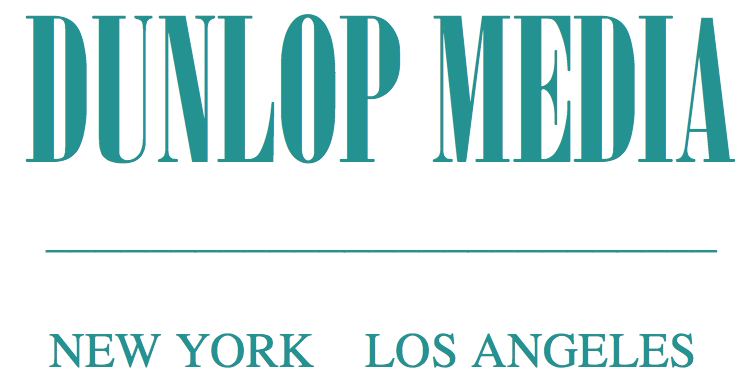We find it difficult to define one of the most popular hashtags of our time - because we are part of the problem
Media commentary by Steve Dunlop
Listen to podcast version here
"Real Fake" street art installation at Wacker Drive and Wabash Avenue, Chicago. Image courtesy Wikimedia Commons.
“War is peace. Freedom is slavery. Ignorance is strength.” - Big Brother
Nineteen Eighty-Four by George Orwell
Big Brother may have routinely turned truth on its head in George Orwell’s landmark novel. But he did have one thing right: If you control the language, he said, you control the argument.
Orwell died 58 years ago, but in today’s media landscape he would recognize the increasingly indiscriminate descriptors that we attach to the facts around us. Our choice of language seems motivated not by what the facts actually are, but by what we wish they were.
To you, it’s healthcare reform; to me, it’s socialized medicine. One person’s “fetid swamp” is another’s “sensitive wetland.” Is that individual crossing the border an “illegal alien” or an “undocumented immigrant”? Words have always been missiles, but increasingly in social media, they carry no payload. Our subjective passions outflank objective reality.
Take the term “fake news,” which in a previous post I noted is really nothing new. That should be obvious to anyone who’s ever tucked a supermarket tabloid between the green beans and the paper towels.
But what is new - and Orwellian - is the conflating of very different phenomena under that single, volatile banner. Add in the proclivity of some public figures (no need to name names) to attach the “fake news” moniker to news they simply don’t happen to like, and further down the rabbit hole we go.
The Newseum Institute recently took a stab at a desperately-needed elaboration on the term. “Fake news IS deliberately misleading or false information,” the Institute wrote on Twitter. “Fake news IS NOT a biased news story, or a news story that contains errors. We all have a responsibility to understand the difference, and help prevent the spread of fake news on social media.”
All of that is true - as far as it goes. But it doesn’t go far enough. Here are four reasons why:
“Fake news is NOT a biased news story.” True - but bias is real. Good journalists may do their best to stamp it out, but bias, deliberate or unconscious, has always been a fact of media life. “In the nineteenth century, overtly partisan newspapers were the norm,” writes Niskanen Institute senior fellow Matt Grossman. The Washington Post recently wrote about the reality of media bias on both the left and the right, citing a study concluding nevertheless that the net effect is close to zero. But within individual newsrooms, bias can and does impact coverage - especially when it comes to what stories get covered in the first place. A former NPR News executive noted that liberals significantly outnumber conservatives in that network’s newsroom, and “when you are liberal, and everyone else is as well, it is easy to fall into groupthink."
“Fake news IS deliberately misleading or false information.” True - but as any detective can tell you, understanding the motive is critical. History has shown that disinformation is most often motivated not by bias, but by financial gain. One of the most notorious “clickbait” episodes of 2017 was “Morgue Worker Arrested After Giving Birth to a Dead Man’s Baby” (I dare you not to click on that link). No political motive on display - and the item itself was a total fabrication - but it made for an irresistible, and highly profitable, headline.
Established outlets aren’t immune to fake news. In rare cases - and this is fake news in the purest sense of the term - so-called journalists have disgraced themselves and their craft by simply making things up. Intercept reporter Juan Thompson was fired in 2016 for fabricating quotes in his articles, creating bogus email accounts pretending to be sources, and then lying to his editor about what he was doing. The New York Times’s reputation was similarly tarnished by the Jayson Blair episode in 2003.
There is reality, and there is interpretation. Take the “fetid swamp” versus “sensitive wetland” example above. Both describe a stagnant body of water, but in ideologically loaded ways. Hyperbolic adjectives do not themselves make for “fake news.” But they do help to build a more receptive audience, as people self-select to media outlets that reflect their own world views.
You could argue that all of this should be self-evident. But we have trouble seeing it today, precisely because our impulsive, reflexive social media culture thrives on the kind of doublespeak Orwell warned about. It rewards sensational claims without facts. Separate claims from facts, and you’ve created precisely the kind of environment Orwell presaged.
Pogo, a comic strip character from the heyday of newspapers, is remembered today mostly for saying, “We have met the enemy, and he is us.” A smartphone and some Twitter followers may give us the basic trappings of a journalist. But we fail to do the actual work of journalism.
Which means we’ll probably continue to get all the fake news we deserve.



